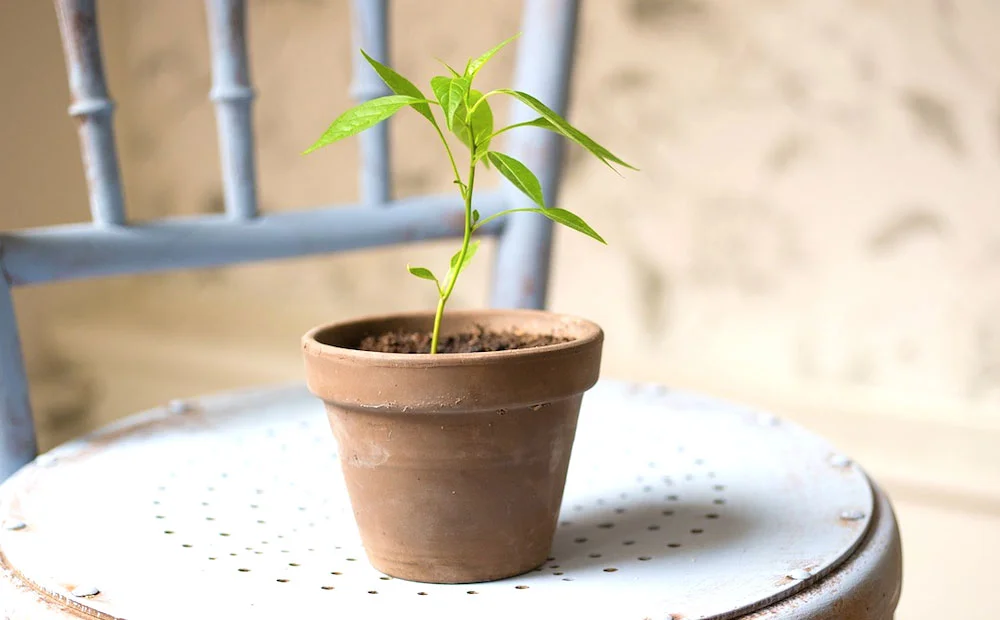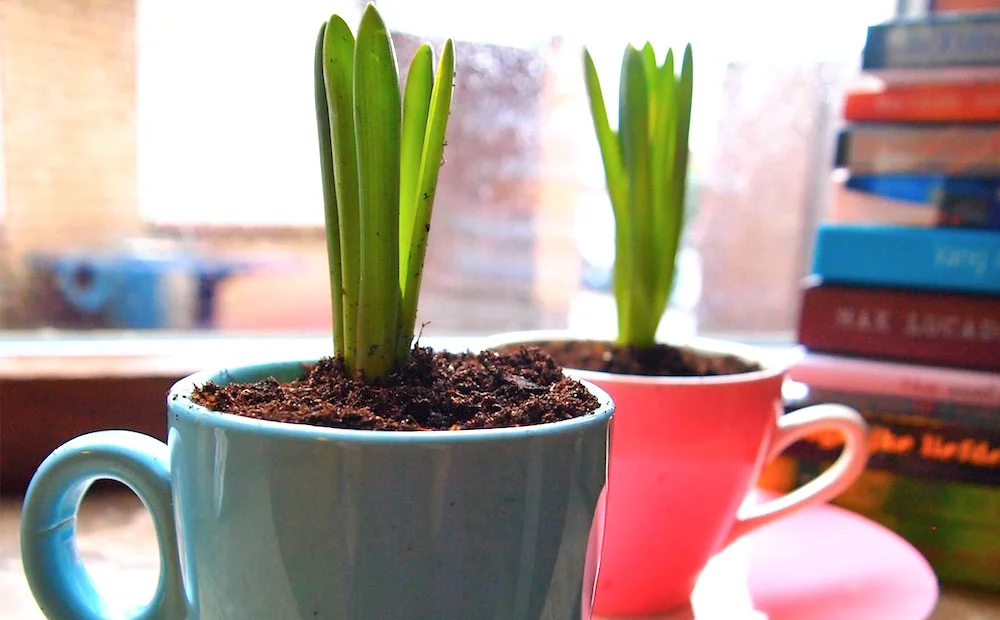HOW TO SEED INDOORS
Growing your garden from scratch is as rewarding as your garden produce is nutritious! It’s incredibly satisfying to gaze at a garden bursting with veggies, having grown some or all of your plants from tiny seeds. On top of that, home-grown produce is also better for you and better for your wallet than buying from the store.
WHY GROW FROM SEED INDOORS?
If you’re new to gardening or comfortable in your gardening habits, you might ask why you’d want to bother seeding indoors. Our plants are going to end up outside in the garden anyway, so why all the extra steps inside?
Seeding inside gives your plants a little jumpstart on the season. For your plants that aren’t very tough in the face of frost, you’d need to wait quite a while before seeding outside without them freezing to death - if you start them early in the stable and cozy temperature of your home, you can have plants that are ready to thrive by the time it’s warm enough to plant them outside.
WHY GROW SEEDS?
Some plants undeniably need to be grown from cuttings or are not worth the hassle of growing from seed at home and can be started with starter plants straight from the greenhouse. All the rest, though, you can start from seed at home yourself.
Most of all, we love the satisfaction of growing from seed. It’s really incredible to watch something grow from a tiny grain of seed - and we love the time that we put in tending to our gardens, so every minute is worth it. Furthermore, growing your own edible food from seed will save some serious cash over the summer while you get to munch on food that you proudly grew yourself. Your food is almost guaranteed to be tastier and healthier than supermarket food because it’s at its freshest!
Once you grow from seed you can be confident about what went into your food from day 1 - and you can avoid any chemicals or sprays you don’t want on your vegetables.
WHAT TO SEED INDOORS
It’s approaching spring and we’re all ready to get growing. The enthusiasm is great, but a bit of planning and order is needed to get your garden going.
On the first warm day of the year, we’re eager to get started in the garden - it seems like the sooner we plant, the sooner we get to enjoy tasty produce. This isn’t always true. Be careful about frost that can still sneak up and ruin your garden plans and freeze your tender seedlings. Seeding inside will scratch that itch that wants to get planting when we can’t risk the outside temperatures yet.
Heat-loving vegetables, like the garden classic tomatoes and peppers, will do their best if you start them in a warm and sheltered environment like your home. These hot-temperature plants need the head start, and many other vegetables will also enjoy getting an early start on the season.
Tough cool-weather veggies - like potatoes, carrots, turnips, peas, salad greens, and beans - are all hardy enough to thrive with the cool spring temperatures and will grow better sown directly into your garden after the last frost.
HOW TO START SEED INDOORS AT HOME
Starting from the beginning with a little seed is super easy, and anyone can give it a shot right at home. It isn’t hard, anyone can make it happen with a windowsill and some patience, but getting your seeds started indoors is easier with some tips and seed starting supplies. Here’s how to give your less frost-hardy plants the head start they need right in your home before they make the move into your garden:
WHEN TO START YOUR INDOOR SEEDS
Use a seeding calendar to get an idea of when to get started, but don’t stress the details too much - seeding isn’t quite an exact science. Most of the seeding times are based on the predicted frost date for your area - ours in Indianapolis is near the end of April. Most of your plants will be ready to transplant after 4-8 weeks of growing inside, so plan when you’ll move them into the warm spring weather on that basis.
HOW TO START SEEDS INDOORS
Soil and containers - Most of your plants will enjoy good drainage, so a solid bet is to start with a clean container with good drainage. You can use seeding trays to keep it more efficient with your space, or whatever you have on hand that is small enough for your seedlings. Wash everything well and use bagged soil (not from your garden) so that your tiny seeds have a sterile environment to get started in.
Lighting - Your seeds need some warmth to germinate, which is easy to provide with good lighting! Don’t bury your seeds too deep where they won’t be able to reach the surface. Place your seeds next to a bright window where they’ll get lots of light as they germinate and grow. While most seeds don’t need a specialized grow light or lamp, these fixtures can be helpful if you want sure results.
Humidity and Water - Humidity is the other important part that your seeds need to grow. Try placing a clear plastic dome (like a Tupperware container or bowl turned upside down) over your seeding tray to trap in heat and moisture as the seeds germinate. Once you see sprouts you can remove the dome and let the little baby plants breathe. Avoid watering too much or too enthusiastically because your seeds and seedlings are tiny and dainty. Mist them lightly to keep things moist without drowning their baby root systems.
HOW TO TRANSPLANT
The first leaves you see on your sprouts aren’t “true leaves” - they’re grown from the nutrients stored in the seed itself, not the roots of the plant. Your seedling will need a tiny root system to make it through the transplanting process, so wait until you see the next sets of leaves (the “true leaves”) starting to grow. With roots to draw nutrients and water, your seedlings are ready to move!
Avoid shocking your seedlings by introducing them to the outdoors gradually. Start by bringing them outside for a few hours, and then increase until they are outside all day. Called “hardening off” this should take about a week until your seedlings are ready to move to your garden, and are tough enough to cut it in the outdoor environment.
Seedlings are our favorite way to get excited about the growing season ahead, as we get to see new life start in the safety of our home before our gardens are quite ready for them. Check on your tender little seedlings regularly to make sure they have everything they need, and you’ll be rewarded this season with delicious produce!







